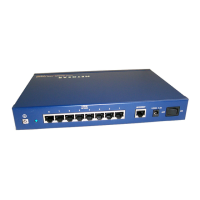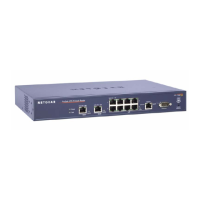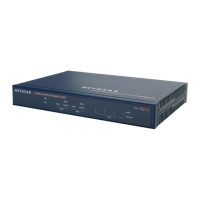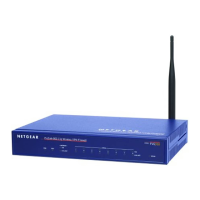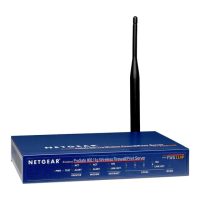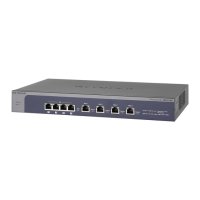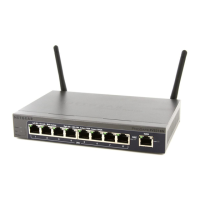Managing Users, Authentication, and VPN Certificates
387
ProSecure Unified Threat Management (UTM) Appliance
4. Click Apply to save your settings.
DC Agent
If you set up an open network, you would want to allow unauthenticated users to surf
anonymously. For a secure network, you would use a more restrictive access policy for
unauthenticated users and a less restricted access policy for authenticated users.
Without the use of the DC agent, any Active Directory (AD) domain user surfs anonymously
until providing credentials to the UTM in order to proceed past a blocked web activity. With
use of the DC agent, an AD domain user is immediately known to the UTM when he or she is
authenticated on a DC server on which the DC agent is installed, allowing a single sign-on
(SSO).
If the AD authenticates through a domain controller (DC) server that runs Windows Server
2003 with Service Pack 1 (SP1) or Windows Server 2008, you can use the ProSecure DC
Agent software to authenticate AD domain users.
Note: The DC agent does not function with LDAP domain users.
The DC agent monitors all Windows login events (that is, all AD domain user authentications)
on the DC server, and provides a mapping of Windows user names and IP addresses to the
UTM, enabling the UTM to transparently apply user policies. The DC agent transfers
encrypted names, IP addresses, groups, and login times of the users logged in to the UTM,
where this information remains securely (that is, it is not transferred out of the UTM).
Check to Edit
Password
Select this check box to make the password fields accessible to modify the password.
Enter Your Password Enter the old password.
New Password Enter the new password.
Confirm New Password Reenter the new password for confirmation.
Idle Timeout The period after which an idle user is automatically logged out of the web management
interface. The default idle time-out period is 5 minutes.
Note: The idle time-out is not applicable to PPTP and L2TP users because the user
time-out is already specified on the PPTP Server screen (see Configure the PPTP Server
on page 313) and L2TP Server screen (see Configure the L2TP Server on page 316).
Table 99. Edit User screen settings (continued)
Setting Description
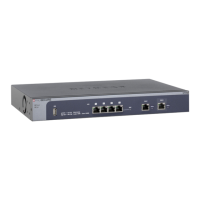
